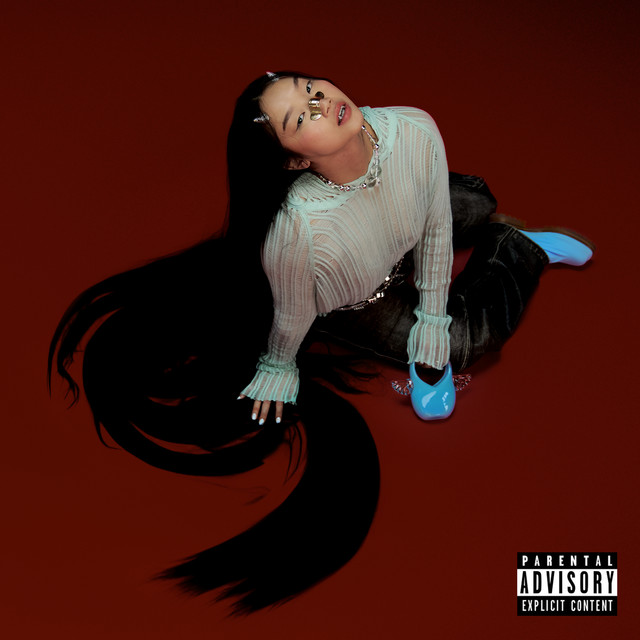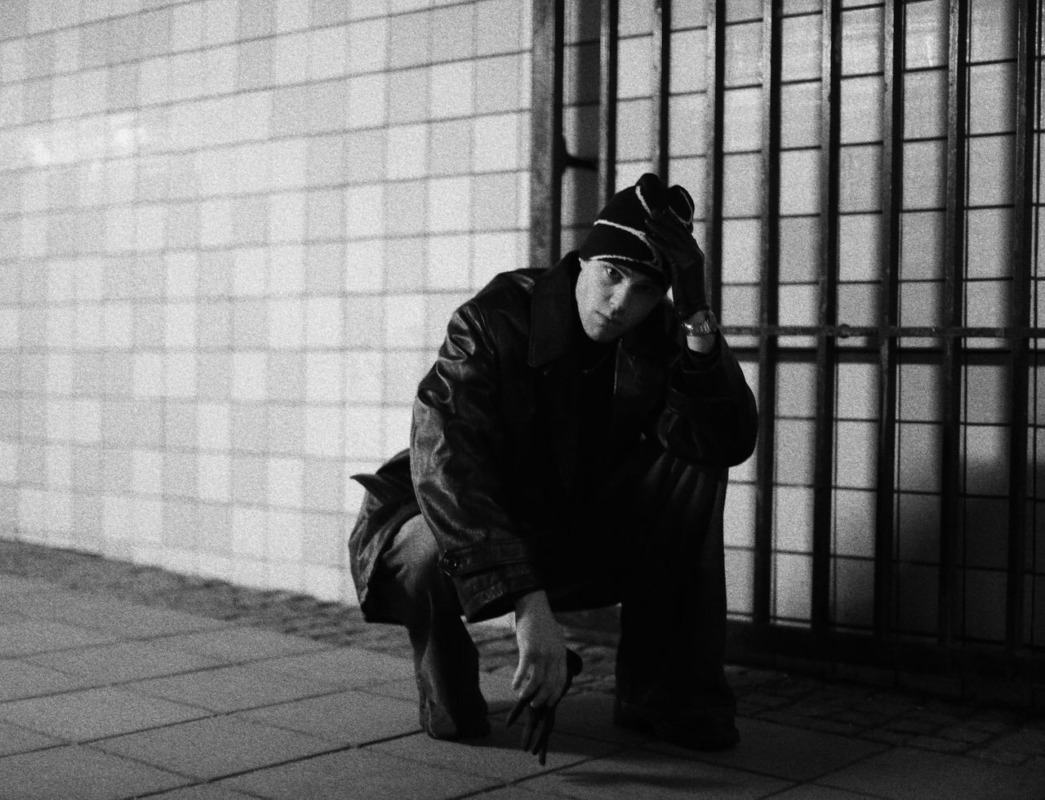It’s undeniable that Cowboy Bebop and Samurai Champloo are two of the most well-known anime outside of Japan, not just by director Shinichirou Watanabe but of all time -- and for good reason. Both titles are absolute classics that can still serve as gateway entries into anime for new viewers of the medium even today.
However, while Watanabe’s third televised anime, Kids on the Slope (also known as Sakamichi no Apollon or Apollo on the Slope), received largely very positive reviews from critics, it garnered a slightly more lukewarm reception by fans, at least compared to his landmark earlier works. Nonetheless, the series is deserving of just as much attention and acclaim as Bebop and Champloo.
Perhaps the biggest difference that separates Kids on the Slope from Cowboy Bebop and Samurai Champloo is that the latter titles were anime originals, meaning Watanabe had full creative freedom to take the stories and their characters in any direction he desired. Conversely, Kids on the Slope, released in 2012, is based on a josei manga of the same name that began its run in 2007. Needless to say, while anime creators can and often do take a bit of creative license with their source material, they’re still typically bound by some core restrictions regarding plot and characterization.
Kids on the Slope is therefore not a speculative sci-fi action/drama like Cowboy Bebop, and nor is it a historical action/adventure romp like Samurai Champloo. Instead, the show is a slice-of-life piece set in Nagasaki in the mid-1960s. It follows introverted high school student and classical pianist Kaoru Nishimi as he becomes inspired by jazz music of the likes of the real-life Art Blakey, Bill Evans and Chet Baker. The two other core characters are fellow high school students Sentarou Kawabuchi, an apparent delinquent and a jazz drummer, and the kind-hearted Ritsuko Mukae, whose father owns a record store in town.
Kids on the Slope may not sound particularly adventurous compared to Watanabe’s earlier shows given its grounded slice-of-life setting, but this does not prevent the series from being just as innovative in its own way. For instance, it explores a variety of themes that are far from common in anime, including Catholicism and how it relates to stigmatization and self-identity (both Sentarou and Ritsuko are Catholic), as well as racial discrimination (Sentarou is an orphan of a Japanese woman and an American serviceman).
For any viewer with an interest in anime depicting real-world locations and figures, Kids on the Slope is practically required viewing. The city of Sasebo in Nagasaki isn’t just a name-drop -- original series creator Yuki Kodama grew up there, and the show draws heavily on her firsthand experiences. As a city that had a thriving jazz music scene beginning in the early 1920s and 30s, as well as being home to a major naval base for the then-Imperial Japanese Navy, the look and tone of the show accurately capture a snapshot in time.
This historical accuracy and attention to detail are reflected in certain pivotal scenes, such as when Kaoru, Sentarou and two other characters are playing a live session at a bar filled with American sailors when their performance is interrupted by a drunkenly aggressive American, who yells at them (in English, even in the Japanese-language version of the series) to stop making “coon music jazz” and instead play “something white.”
Of course, no discussion of this anime would be complete without talking in more detail about its music. The legendary Yoko Kanno, who also worked with Watanabe to create the iconic soundtrack of Cowboy Bebop, returned to compose most of that of Kids on the Slope. Although featuring real-world American jazz artists and songs, the show has an original soundtrack that’s highly atmospheric and utterly engaging.
In fact, the most heart-pounding moments of the series don’t lie in any of the occasionally melodramatic events, but rather stem from the music. For example, when the electricity cuts out halfway through another group’s act at their school festival, Kaoru and Sentarou play a spontaneous -- and wonderfully exhilarating -- jazz medley to keep the crowd’s attention, using their performance as a means of wordless communication with one another in the process.
Kids on the Slope may not have achieved quite the same level of fan fame as Cowboy Bebop or Samurai Champloo, but its uniqueness and quality both speak volumes. Whether for its multi-faceted characters, nuanced themes or superlative soundtrack, among its numerous other draws, the anime is just as worthy as Bebop and Champloo of recognition.
Kids on the Slope is available to stream on Crunchyroll.
About The Author

